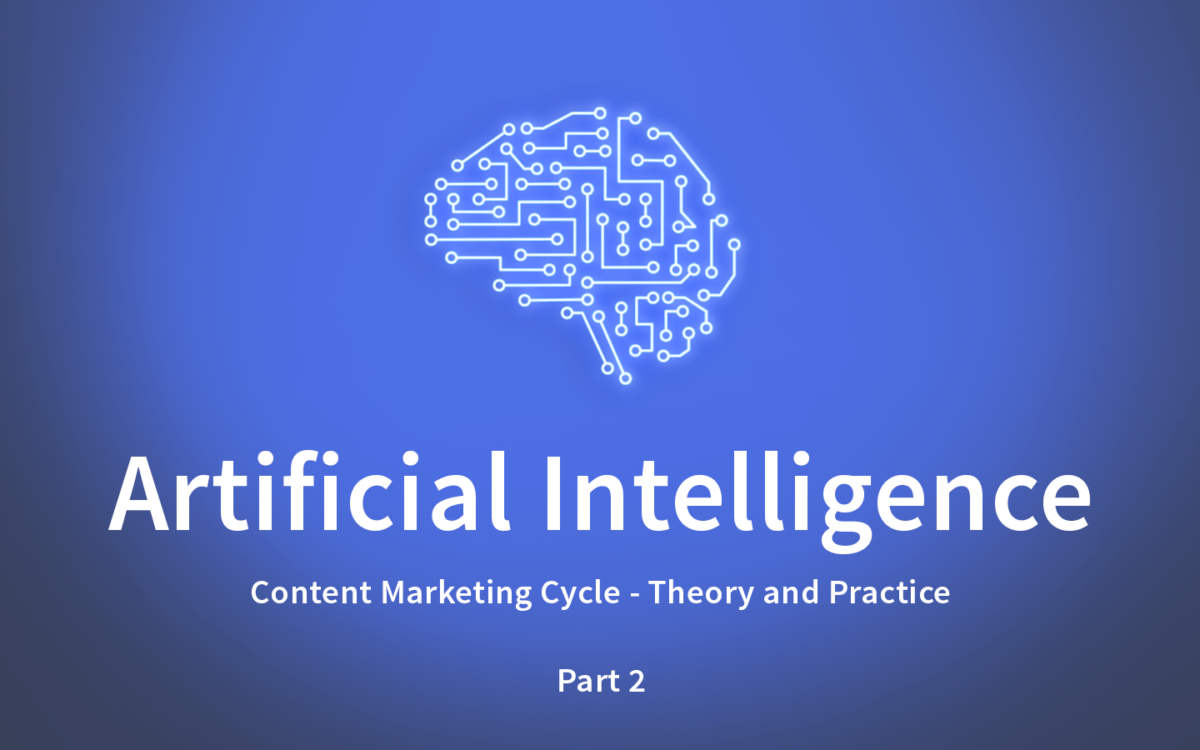Content Marketing Cycle – Theory and Practice, Part 2
Author: Jens Gützkow
Author: Jens Gützkow
Content is a valuable commodity if it has been created with care and has relevance to its audience. So it makes basic sense not to create content and publish it just once, but rather to reuse it several times. In practice, this means publishing the same content in an adapted format on other channels. In my last blog post I dealt with how the model of the content marketing cycle can be used to systematically create content, distribute it, and keep tracks on its reach – the main focus being on the sensible multiple use of content, specifically prepared for the requirements of the different channels.
Creating content can be tedious
Let’s not beat around the bush: the constant creation of new content and content snacks quickly becomes an irritating, time-consuming task in everyday life. Because when the exciting part – the creation of the main content – is complete, various channels have to be filled: Facebook several times a week please, Twitter if possible several times a day, plus an insta story, a factual reference to Xing and please don’t forget LinkedIn. Communities need care and maintenance, groups require moderation, and contributions look lonely without commentary. It’s fun for a while. Soon it becomes a chore that has to be fulfilled.
What if the content marketing system were to take on the larger part of the work? The basic rules of how a post should look for a specific channel are roughly defined – couldn’t the system do some cooperative thinking and create the posts automatically? This is exactly what we at PressMatrix are currently working on. We want to have content automatically create new content – in an intelligent manner.
Support from artificial intelligence
In the beginning there is a piece of content – a contribution for the next issue of the magazine, a specialist article for the online publication, a text for a marketing brochure, an explanatory video, a podcast etc. The question for every publisher, marketing expert or any other content creator is how this content can now be effectively used or advertised on all other channels. So you write something new for Twitter, Facebook, Xing and so on – avoiding doubled content, optimizing for search engines, and hitting the appropriate tone for the respective medium. This all takes time. And a poster’s work is never done – social media channels in particular need regular dosages of content.
Artificial intelligence could provide us with useful support in the future. We are currently testing and optimizing various algorithms in terms of their language comprehension. The intention is that on the basis of one text they make several suggestions for different social media posts. And it shouldn’t always be the obvious heading or the first few characters of an introduction that get used as post text. The algorithm should analyse the entire text, recognize important phrases and messages and use them to formulate something new in accordance with the given character or style rules. From several suggestions made by the algorithm, the user then selects one and adds their own finishing touches. The system in turn learns from this – for example which formulations the user likes best – and next time round makes even better, more individual suggestions. Creating social media posts should then be but a matter of minutes.
And if we let the idea play out for a moment, such an AI engine, if integrated into a content marketing system, could do so much more. On the basis of the individual settings – what channels, what target groups, what goals – it could actively participate in the marketing of the content. It could filter the appropriate marketing channels and make suitable suggestions. Older evergreen content could be reintegrated as required. The AI engine could refine and adapt the marketing concept and at the same time save the user valuable time by keeping their marketing channels supplied with relevant material.
Measuring the success of content
And we will add another dimension to our intelligent content creation machine: namely the measurement of the success of each individual content snack. It is easier said than done. Because when you think about it, the “success of content” is defined completely differently for every single user, every channel and every format. Multiple likes suffice for the one, while the other requires shares, and the third calculates on the basis of sales figures. In my next blog post, I will devote more space to this topic.
